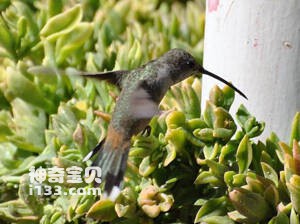
Rhodopis vesper
Rhodopis vesper,Oasis Hummingbird
The scientific name of the Oasis Hummingbird is Rhodopis vesper, the foreign···
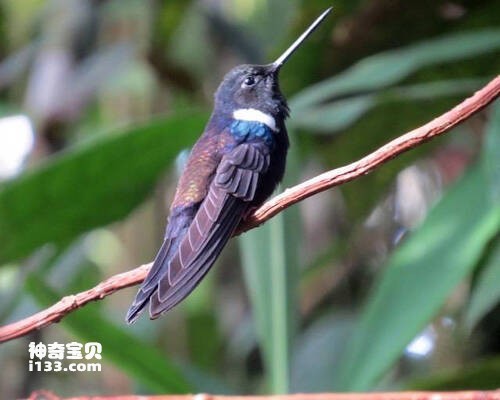
Ramphomicron microrhynchum
Ramphomicron microrhynchum,Purple-backed Thornbill
The hummingbird is known as Ramphomicron microrhynchum and Purple-backed Tho···
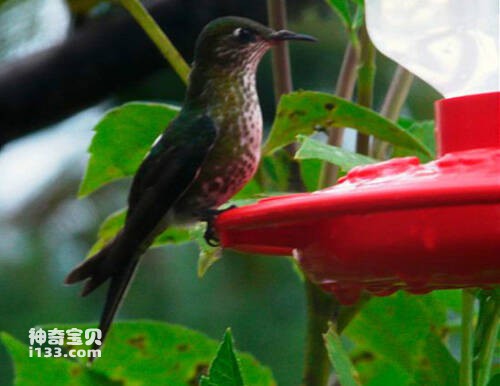
Ramphomicron dorsale
Ramphomicron dorsale,Black-backed Thornbill
The Black-backed Thornbill hummingbird is known as Ramphomicron dorsale and ···
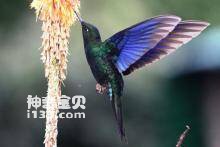
Pterophanes cyanopterus
Pterophanes cyanopterus,Great Sapphirewing
The blue-winged Great hummingbird is Pterophanes cyanopterus and Great Sapph···
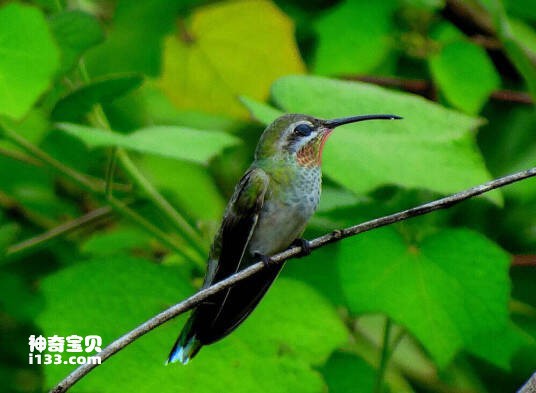
Polytmus theresiae
Polytmus theresiae,Green-tailed Goldenthroat
The species is known as Polytmus theresiae and Green-tailed Goldenthroat.Pro···
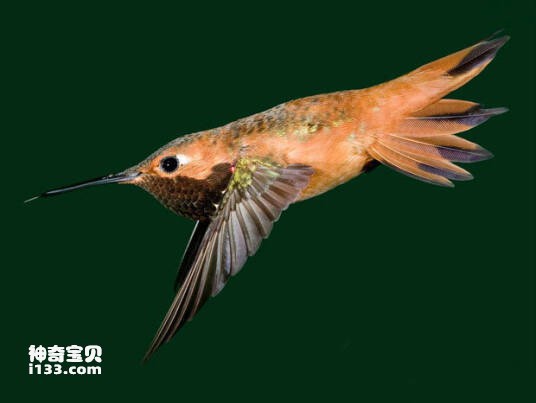
Polytmus milleri
Polytmus milleri,Tepui Goldenthroat
The black-billed and Goldenthroat hummingbird is known as Polytmus milleri o···
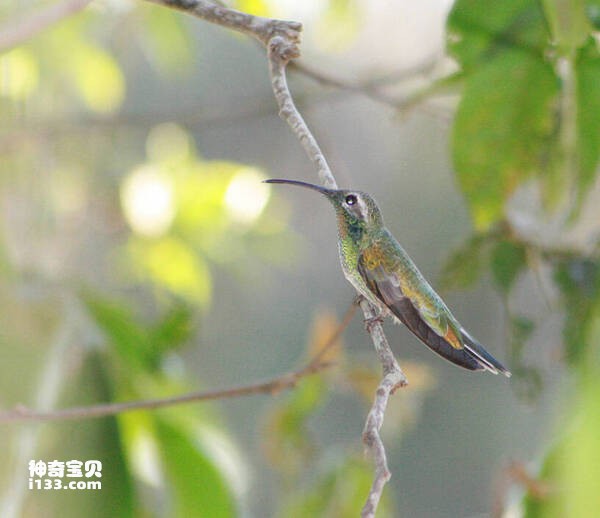
Polytmus guainumbi
Polytmus guainumbi,White-tailed Goldenthroat
The White-tailed Goldenthroat hummingbird is known as Polytmus guainumbi or ···
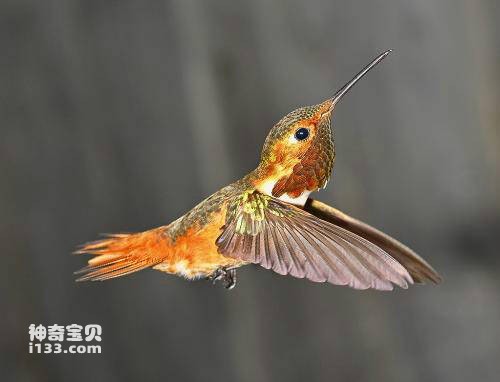
Polyonymus caroli
Polyonymus caroli,Bronze-tailed Comet
Copper-tailed hummingbird Polyonymus caroli, foreign name Bronze-tailed Come···
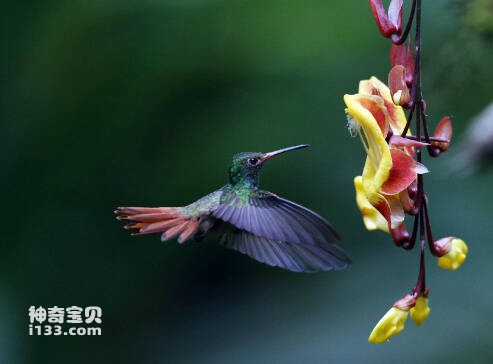
Phlogophilus hemileucurus
Phlogophilus hemileucurus,Ecuadorean Piedtail
The Ecuadorean hummingbird is known as Phlogophilus hemileucurus and Ecuador···
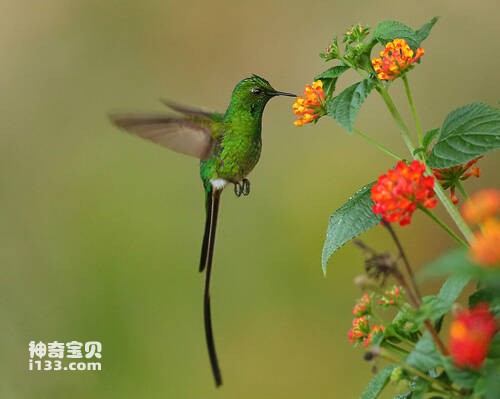
Phlogophilus harterti
Phlogophilus harterti,Peruvian Piedtail
Peruvian Piedtail hummingbird Phlogophilus harterti, Peruvian Piedtail, the ···
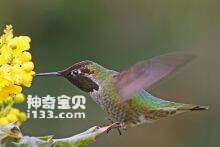
Patagona gigas
Patagona gigas,Giant Hummingbird
The behavior of the Giant Hummingbird (Patagona gigas, Giant Hummingbird) is···
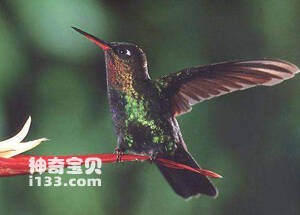
Panterpe insignis
Panterpe insignis,Fiery-throated Hummingbird
The specific habits of the fire-throated Hummingbird (Panterpe insignis, Fie···
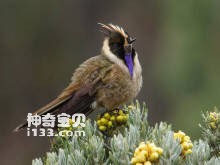
Oxypogon guerinii
Oxypogon guerinii
The bearded hummingbird, Oxypogon guerinii, includes (green bearded hummingb···
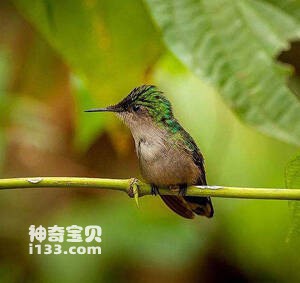
Orthorhyncus cristatus
Orthorhyncus cristatus,Antillean Crested Hummingbird
Antillean Crested Hummingbird (Orthorhyncus cristatus) is unknown.Protect wi···
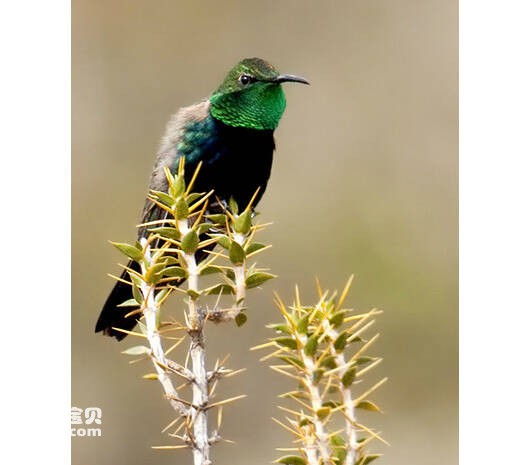
Oreotrochilus stolzmanni
Oreotrochilus stolzmanni,Green-headed Hillstar
The hummingbird's scientific name is Oreotrochilus stolzmanni, and its f···
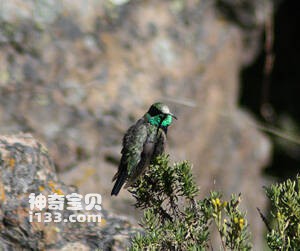
Oreotrochilus melanogaster
Oreotrochilus melanogaster,Black-breasted Hillstar
Oreotrochilus melanogaster or Black-breasted Hillstar is unknown.Protect wil···
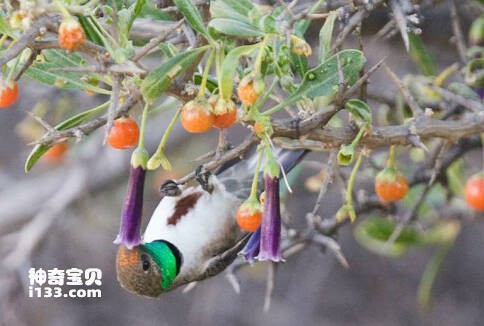
Oreotrochilus leucopleurus
Oreotrochilus leucopleurus,White-sided Hillstar
The species is known by its scientific name Oreotrochilus leucopleurus and W···
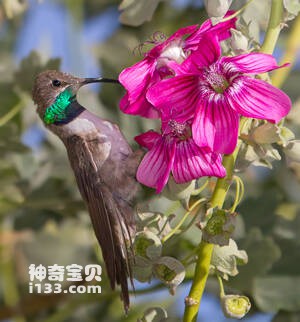
Oreotrochilus estella
Oreotrochilus estella,Andean Hillstar
The Andean hummingbird is known by its scientific name Oreotrochilus estella···
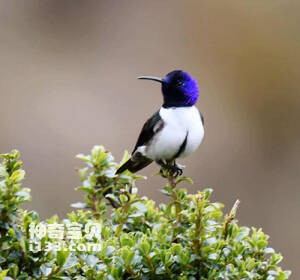
Oreotrochilus chimborazo
Oreotrochilus chimborazo,Chimborazo Hillstar
The hummingbird's scientific name is Oreotrochilus chimborazo, and its f···
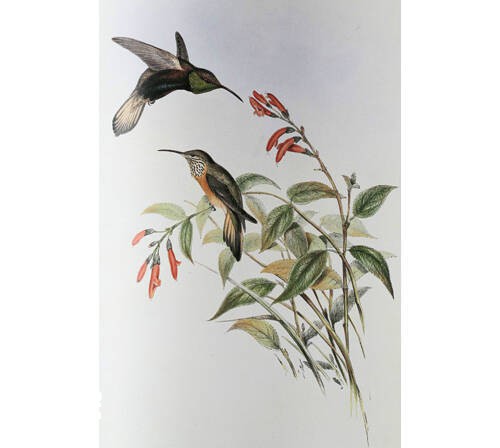
Oreotrochilus adela
Oreotrochilus adela,Wedge-tailed Hillstar
Oreotrochilus adela, or Wedge-tailed Hillstar, is an unknown species.Protect···
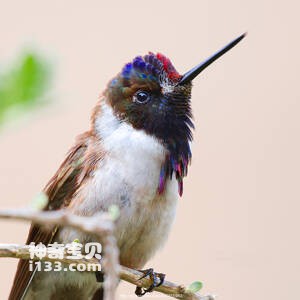
Oreonympha nobilis
Oreonympha nobilis,Bearded Mountaineer
The Bearded hummingbird's scientific name is Oreonympha nobilis, Bearded···
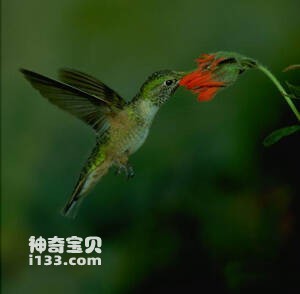
Opisthoprora euryptera
Opisthoprora euryptera
Opisthoprora euryptera are long-legged shorebirds with long, thin beaks. Dur···
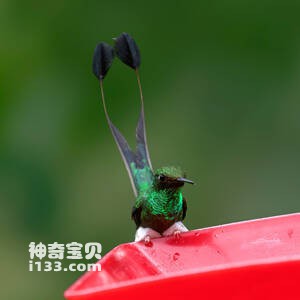
Ocreatus underwoodii
Ocreatus underwoodii,Booted Racquet-Tail
The hummingbird is known as Ocreatus underwoodii and Booted Racquet-Tail.In ···
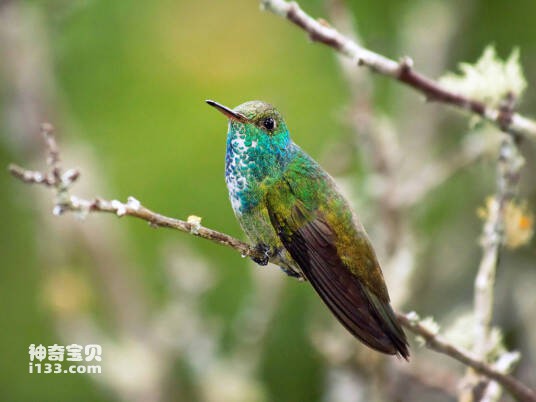
Myrtis yarrellii
Myrtis yarrellii,Chilean Woodstar
The Chilean hummingbird is known as Myrtis yarrellii and Chilean Woodstar。P···
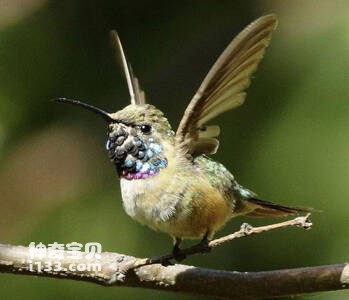
Myrtis fanny
Myrtis fanny,Purple-collared Woodstar
The bird is known as Myrtis fanny or Purple-collared Woodstar.Protect wild a···
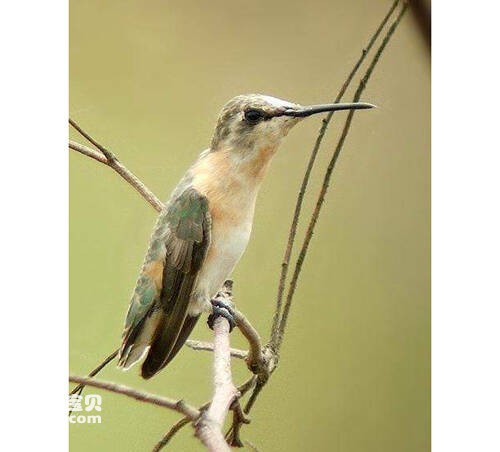
Myrmia micrura
Myrmia micrura,Short-tailed Woodstar
The Short-tailed hummingbird is known as Myrmia micrura and short-tailed Woo···
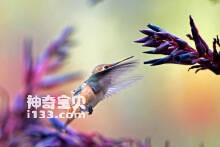
Microstilbon burmeisteri
Microstilbon burmeisteri,Slender-tailed Woodstar
Microstilbon burmeisteri (Slender-tailed Woodstar) is an unknown species.Pro···
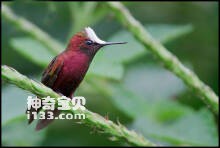
Microchera albocoronata
Microchera albocoronata,Snowcap
The white-topped hummingbird is known as Microchera albocoronata or Snowcap,···
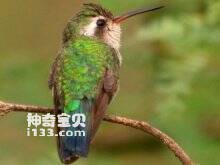
Viridian Metaltail
Viridian Metaltail,Metallura williami
Viridian Metaltail and Metallura williami are not known for their specific h···
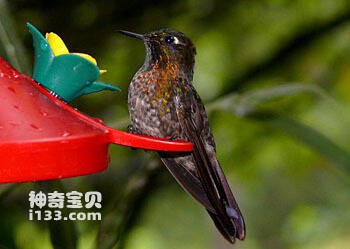
Metallura tyrianthina
Metallura tyrianthina
Metallura tyrianthina is a hummingbird whose specific habits are unknown.Pro···
